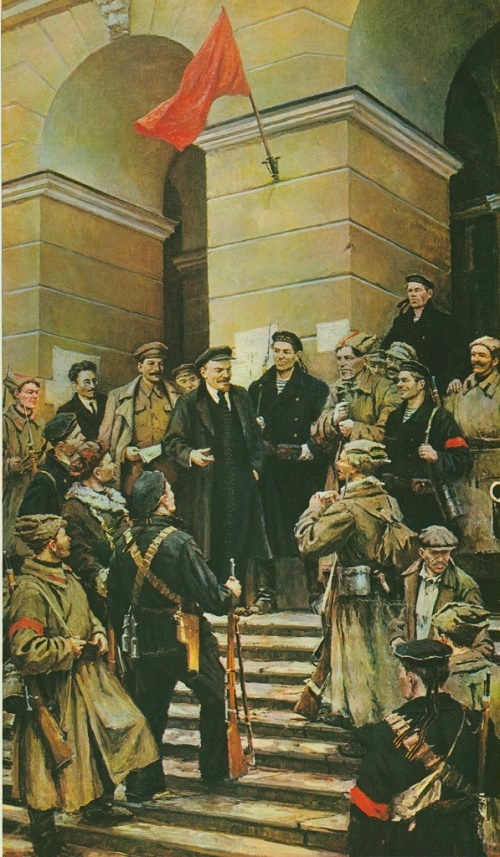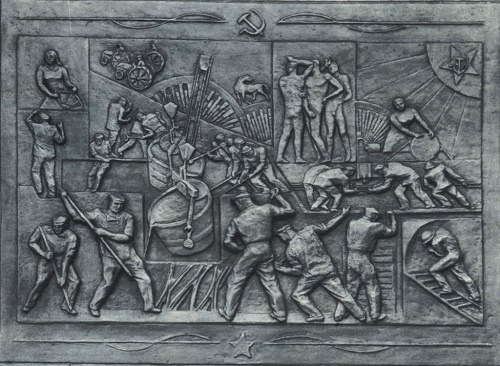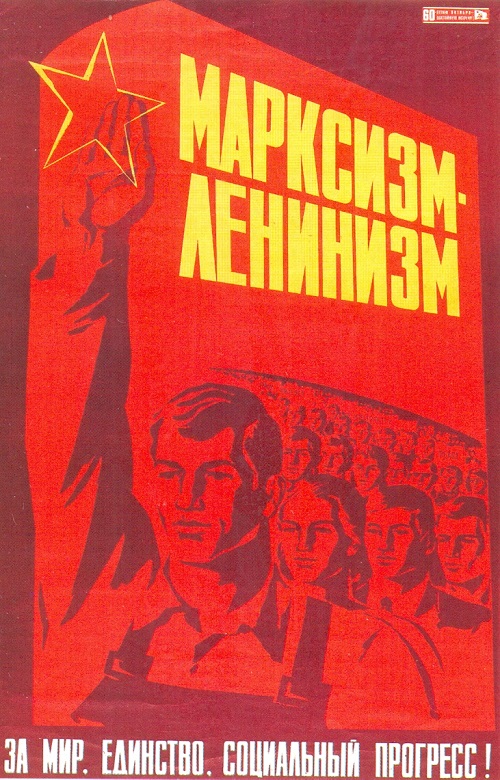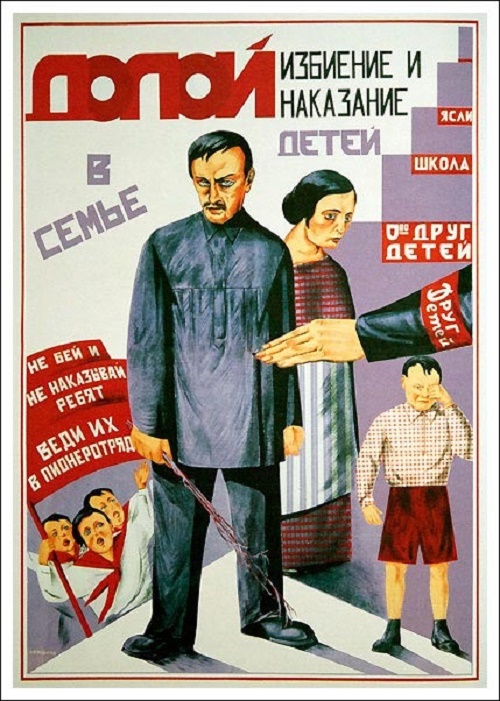USSR Automotive Industry
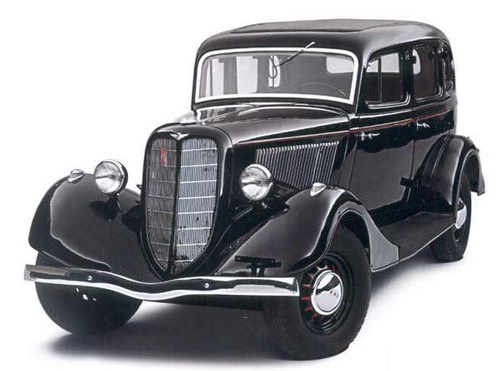
USSR Automotive Industry. March 16, 1936 – in the USSR at the Gorky Automobile Plant was produced the first Soviet passenger car M-1
The Soviet Union journal sometimes published articles about the different types of cars and trucks, produced in the USSR. Articles were accompanied by photographs showing the production of cars at the Soviet factories. The USSR Automotive Industry can be rightfully called a child of the Soviet power. In tsarist Russia there was no automobile, except for attempts to organize the production of passenger cars in the Russian-Baltic Shipyard – attempts that ended in failure: over 6 years this company produced 450 cars …. Thus, the Soviet Union has created a new industry, that already in 1937 produced more than 200 000 vehicles, ahead of the production of trucks in England, France, Germany.
Read more »
